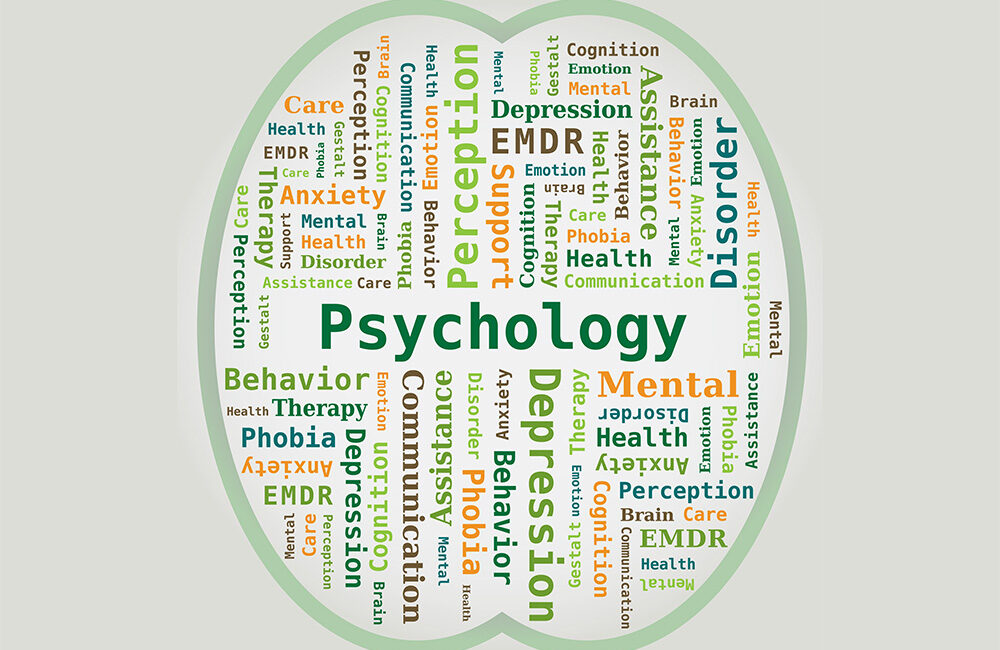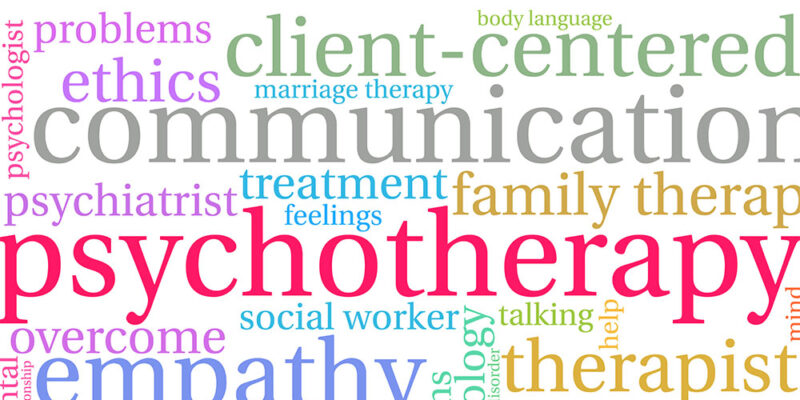EMDR Eye Movement Desensitization and Reprocessing.
EMDR is an effective therapeutic approach for trauma victims. EMDR is an acronym for Eye Movement Desensitization and Reprocessing. This therapeutic method was first developed in 1987 by an American psychologist named Dr. Francine Shapiro. The treatments were EMDR Eye Movement Desensitization and Reprocessing.
designed to treat people who suffered from trauma. Today, this method is used to treat problems of anxiety, phobias, and coping with loss as well.
The concept of a traumatic event has different definitions, but usually refers to an event in which there is a real or perceived danger to the life of the person or those close to him. The definitions are not very rigid and it can be said that any event in the life of a person which continues to disturb her/him and to influence her/him negatively can be considered a traumatic event.
An individual can develop a trauma for example, from a car accident, a natural disaster, an attack, or a traumatic birth. One can experience trauma from fighting in a battle, coping with chronic illness or ongoing abuse whether physical, verbal or emotional during childhood, youth or as an adult. A traumatic birth or abuse are two of the numerous risk factors for prenatal or postpartum depression and related reactions. The common, immediate, and normative responses to trauma are panic, intense fear, helplessness, physical alertness, and increased stimulation. If the experience forms in one’s memory incorrectly, and is not processed, the individual can develop Post-Traumatic Stress Disorder (PTSD). Untreated PTSD can lead to numerous physical and mental health issues such as depression, panic attacks, etc. and many accompanying disturbing and distressing symptoms.
Those suffering from PTSD may experience numerous symptoms divided into three categories: Re-experiencing an event; Physiological Stimulation; and Avoidance.
Re-experiencing an event
In extreme cases, the traumatic event is re-experienced in the form of a flashback with the person feeling and behaving as if the event is happening again in the here and now. The flashback contains repetitive and disturbing memories, images, penetrating and uncontrollable thoughts.
Physiological Stimulation
Physiological stimulation is caused by exposure to internal or external stimuli that symbolize or remind the individual of an aspect of the event. For example, to a person suffering from PTSD, if a siren sounds, every sound of a siren triggers the body, transmitting a danger signal to the brain. Symptoms of stimulation include: rapid pulse, sweating, flushing, high blood pressure, tremors, hyper-vigilance, tension, irritability, difficulty concentrating and a tendency to emotional eruptions.
Avoidance
Many trauma victims avoid being exposed to trauma-related stimuli. They try to avoid thoughts and emotions related to trauma, avoid places and people who mention the trauma, and will usually avoid the trauma site. Avoidance causes a significant decrease in interest or participation in important activities, a sense of alienation, and a sense of isolation or detachment from others.
The purpose of EMDR treatment is to reprocess the trauma memories, which were not properly processed, and to ‘neutralize’ them so that they do not trigger such strong reactions. Sometimes stimulation is performed with auditory or sensory stimulation. It is possible to assist the trauma victim within a short time, within about six or seven sessions. When it comes to ongoing trauma, the recovery process is longer. After treatment with EMDR the patient usually feels very relieved.
At Nitza our trained EMDR therapist works with women who have undergone some type of trauma, either during the birth itself or at some earlier trauma.
 ניצה
ניצה






